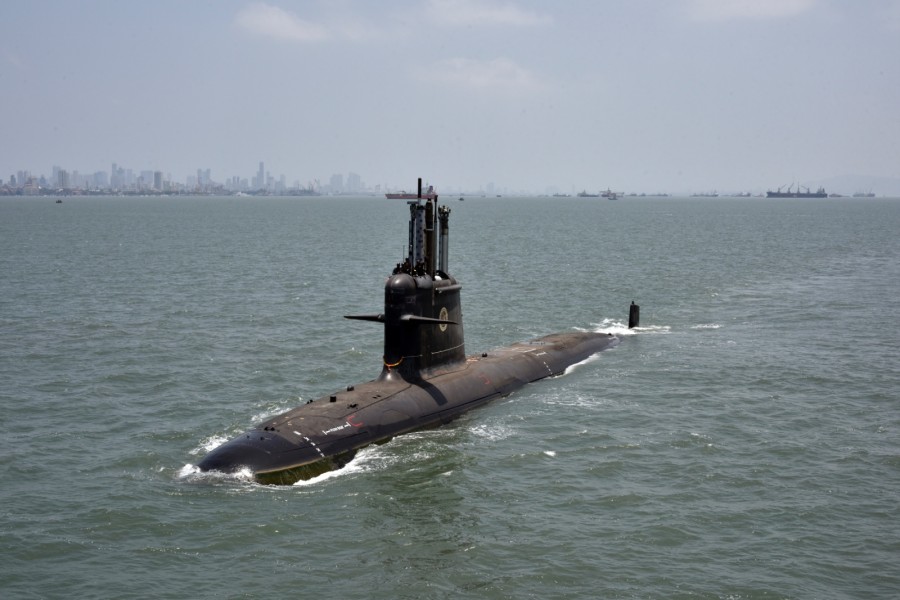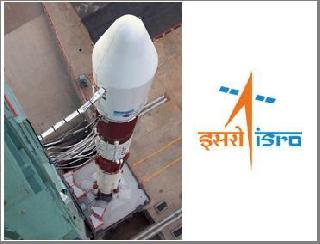
HALO (High Altitude and Long Range Research Aircraft), the latest member in the research fleet of the German Aerospace Center (Deutsches Zentrum für Luft- und Raumfahrt; DLR), in front of the Gulfstream maintenance hangar in Savannah in the USA. DLR image
NEW YORK (BNS): The latest addition to the research fleet of the German Aerospace Centre, High Altitude and Long Range Research Aircraft, also called HALO, made a nine-hour journey from Savannah in the US to Oberpfaffenhofen research airport recently. The aircraft, a Gulfstream G550, has been converted into one of the world�s most state-of-the-art research aircraft for climate and atmospheric research.
Professor Johann-Dietrich W�rner, Chairman of the DLR Executive Board said that HALO would enable scientists to conduct atmospheric research under much better conditions than ever before. �I would like to thank all scientists, engineers, technicians and pilots who helped to make this project a reality for their excellent work,� Worner said.
Reeling of the advantages of the aircraft, he said that with its range of up to 8000 km and ceiling of 15.5 km, the new research aircraft can carry a scientific payload of up to three tonnes to areas above the ocean which could not be reached before, or to the Polar Regions. HALO thus in many respects outperforms the Falcon 20E, the atmospheric research aircraft deployed by DLR until now, and it opens up new opportunities for researchers.
�In order to prepare the aircraft for scientific service, modifications were made to the cabin allowing the installation of 15 equipment racks, each capable of accommodating scientific instruments weighing up to 150 kg. Additional hard points for mounting measuring probes and measuring devices are located underneath the fuselage and under the wings. German company Aerostruktur has developed and built special wing stores and belly pods to accommodate such instrumentation when needed,� Worner said.
Professor Ulrich Schumann, Head of the DLR Institute for Atmospheric Physics, said that the reason for developing HALO was that one wanted to have the facility to fly and collect data at higher altitudes and over longer distances than before. �In addition to this, we will also be using significantly better instruments on board HALO, which will enable us to fill major gaps in our understanding of the atmosphere, especially with regard to the formation of clouds and the reduction of greenhouse gases. In this way, we will lay the groundwork for more effective climate protection and better weather forecasting, Schumann said. He along with Professor Meinrat Andreae of the Max Planck Society are one of the �spiritual fathers� of HALO.
The official said that even before HALO's final commissioning, more than 50 mission proposals had been put forth. Ten of these will be selected as so-called demonstration missions and the first scientific flight is scheduled to take place in summer 2009. These will focus on the oxidising power of the troposphere, as well as on the influence of air traffic on the formation of ice clouds, he said.
The official said that extensive modifications were needed to convert the G550, originally designed as a business jet, into a research aircraft. To undergo the changes, to be carried out by aerospace company RUAG, HALO landed at Oberpfaffenhofen on April 25, 2006. Giving details, the official said that more than 20 additional apertures were needed to cut into the fuselage in order to accommodate optical view ports and inlet systems. �Almost one year, and 60,000 man hours, later the aircraft returned to the US in preparation for its delivery to DLR. In the same period, the new HALO hangar was built in Oberpfaffenhofen. The new building was needed because the G550, with its wingspan of 30 metres, could not have been properly accommodated in the existing hangar in Oberpfaffenhofen. DLR�s Oberpfaffenhofen flight facility was also prepared for the arrival of the new aircraft, and the test pilots and flight test, development, and airworthiness engineers were trained to handle this new model,� the official said.
Now that HALO has been accepted by the US and German authorities, it has been handed over to a team at DLR. �In Germany, firstly, in HALO a series of additional, permanently integrated sensors will be installed in the aircraft, as well as a versatile data acquisition system. �These new components, together with the belly pods and wing stores, will then be tried and tested in different mounting configurations during a series of rigorous flight test programmes, after which they can be formally accepted by DLR's Design Organisation (Entwicklungsbetrieb) in conjunction with the Luftfahrt-Bundesamt (German Federal Office of Aviation),� the official said.
 Previous Article
Previous Article













The Indian Air Force, in its flight trials evaluation report submitted before the Defence Ministry l..
view articleAn insight into the Medium Multi-Role Combat Aircraft competition...
view articleSky enthusiasts can now spot the International Space Station (ISS) commanded by Indian-American astr..
view article